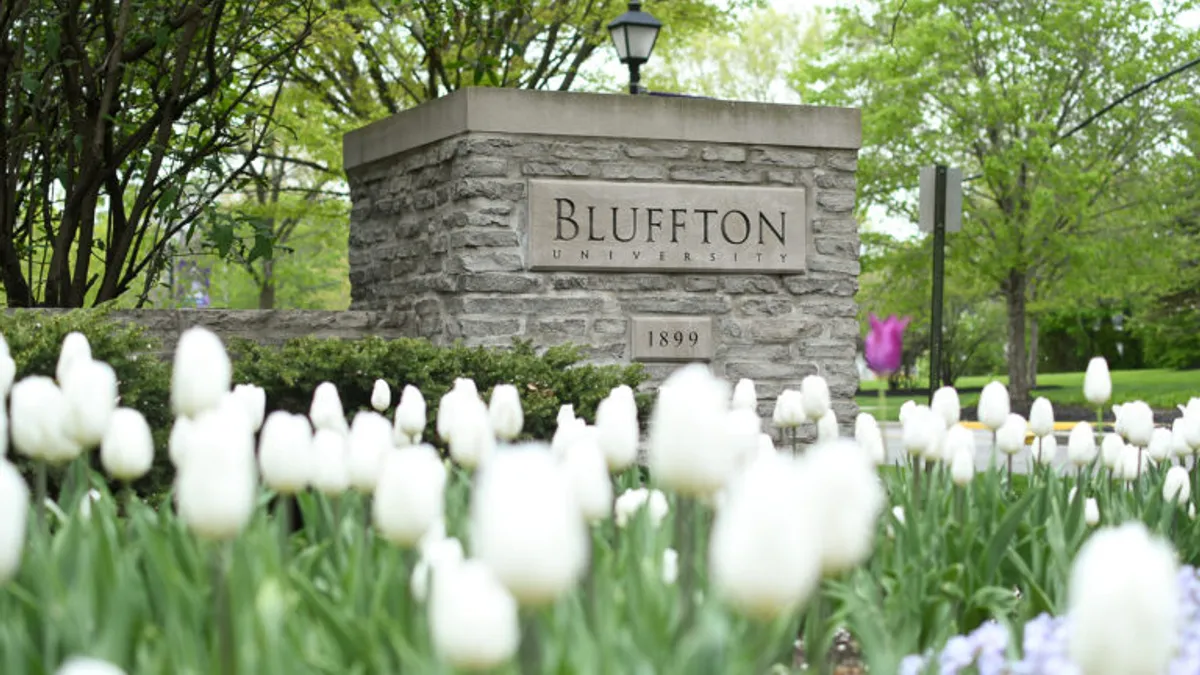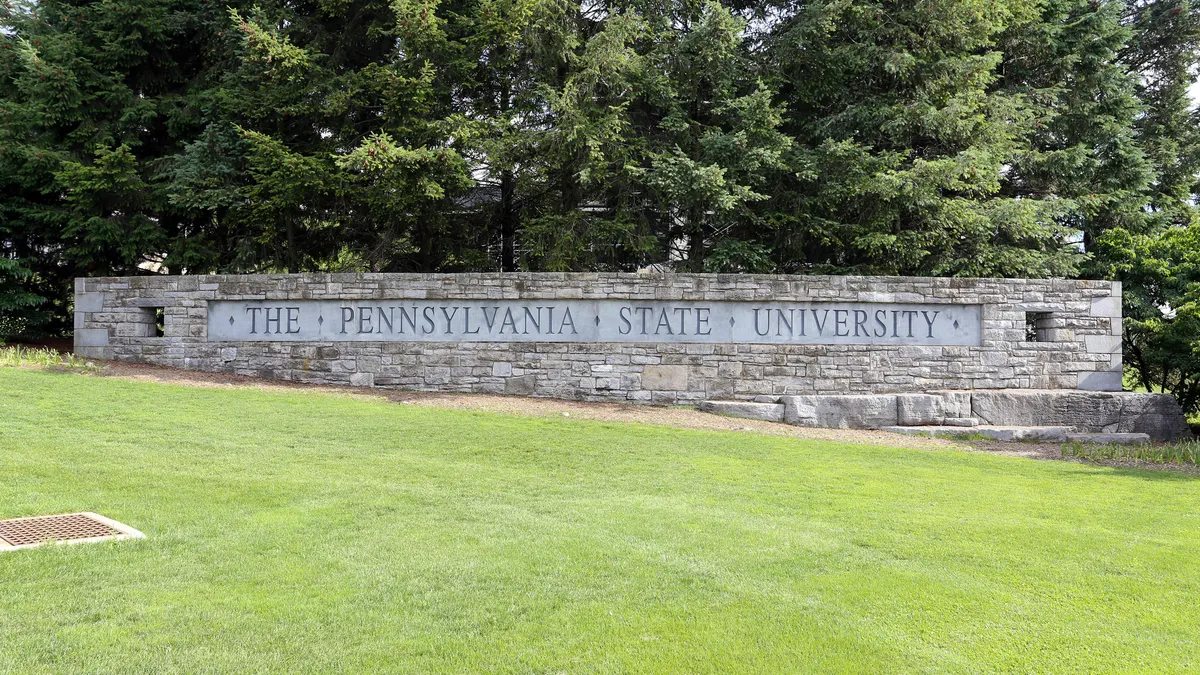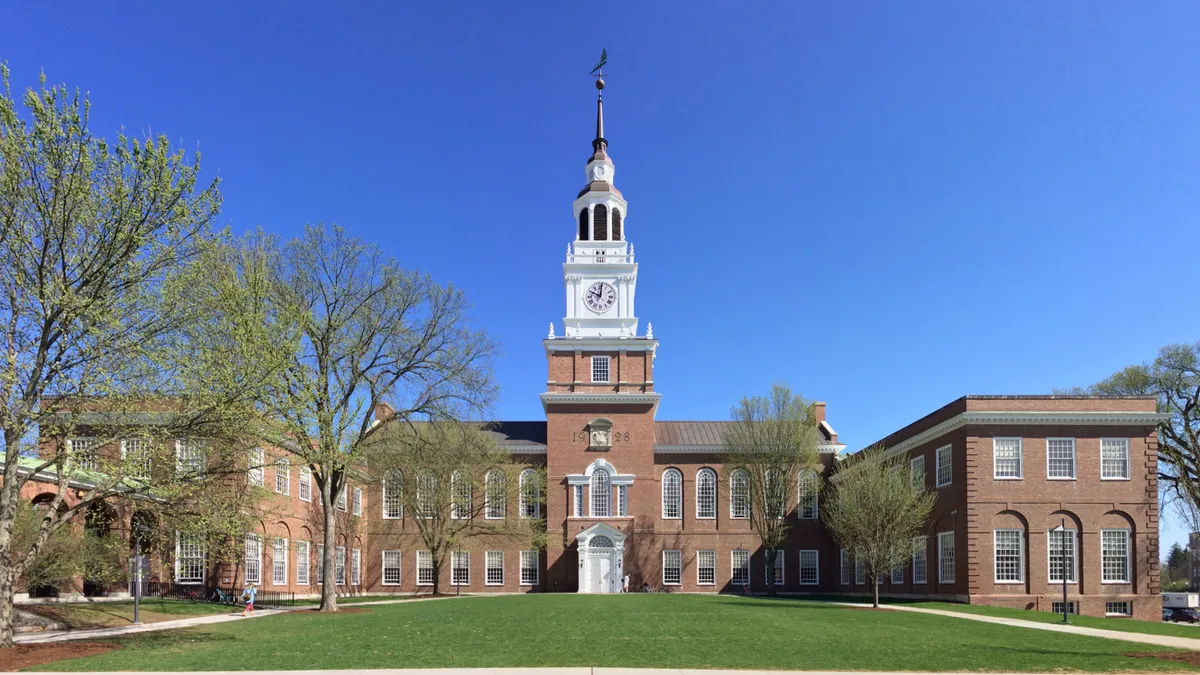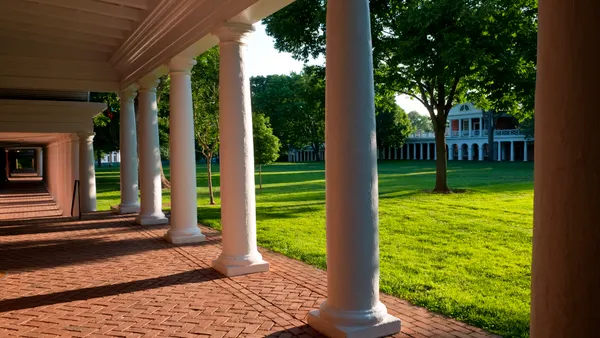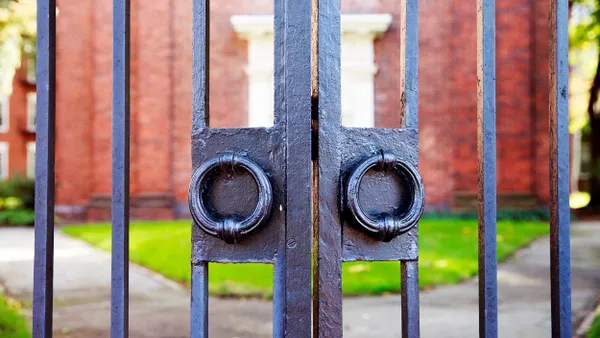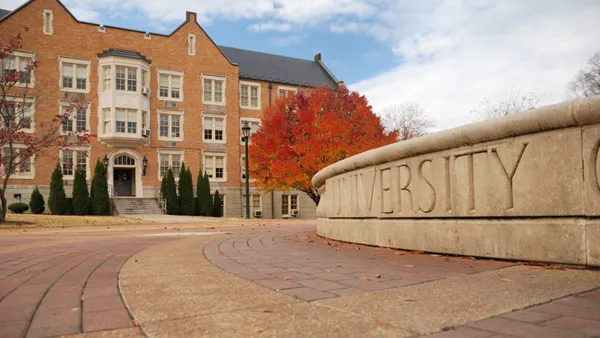CHICAGO — Higher education experts have a message for college leaders contemplating a merger: Don’t wait.
By the time a college is in deep financial distress and facing potential closure, the window for an optimal merger typically has closed long ago.
Institutions in trouble often wait until “the absolute last minute and then think, ‘Now it's a good idea to find a merger partner’ — which nobody will touch,” Ricardo Azziz, founder and director of the Center for Higher Education Mergers and Acquisitions, said at the Higher Learning Commission’s annual conference last week.
“Nobody's going to merge with an institution that is heavily in debt, has no branding, has no enrollment,” he added.
Aside from scuttling the possibility entirely, a distressed situation makes it difficult to create a mutually beneficial merger.
“People wait too long, and then end up with no negotiating ability,” said Azziz, who advises on college mergers as a principal with SPH Consulting Group.
When negotiating power is gone, a merger typically amounts to little more than a real estate transaction, he added.
More mergers are needed, Azziz and his fellow panelists argued, as enrollments and the population of traditional college-aged students decline. This state of affairs leaves the higher ed sector with what Azziz described as “massive excess capacity.”
The potential for merging with another institution could be built into a college’s strategic plan, Karla Leeper, vice chancellor for strategic communications and public affairs at the University of Kansas, said at the panel.
Leeper, who went through a merger while an executive at what is now Augusta University, in Georgia, said that in many cases, strategic planning revolves around doing incrementally more of what a college is already doing. But colleges often fail to execute those plans, with the consequences of failure even higher in an environment of falling enrollment at smaller colleges.
“If we're an institution that's in a challenging situation, that's devastating,” Leeper said. “You see things are not going well. You sit down, you create a plan, you hope that it will help you, and it doesn't.”
If colleges can find the right partner at the right time, they can access more resources and brand recognition while the partner might broaden its geographical or programming depth. And most importantly, they can prevent closures, which Leeper said are typically abrupt and leave students “scrambling to try to figure out what to do
Mergers and acquisitions aren’t the only way to partner with another university.
Richard Katzman, a fellow with the Center for Higher Education Mergers and Acquisitions and is an SPH senior consultant, pointed to networked universities. In those cases, institutions collaborate on areas like enrollment, technology, and course and graduation rate improvement instead of fully marrying their organizations.
He also pointed to partnerships with corporations, such as an initiative at Google that provides free instructional services to community colleges.
For all the potential benefits, there are plenty of obstacles and challenges as well.
Among them, panelists pointed to public scrutiny, pushback from campus stakeholders, the complexity of completing a merger, and the financial risks in taking on another college’s liabilities and operations.
“You really have to do smart, intelligent due diligence in order to make sure that it's not a one-time windfall, and that you're not, in fact, acquiring problems,” Katzman said.
Editor’s note: Ricardo Azziz writes a monthly column on mergers or Higher Ed Dive. His opinions are his own.



